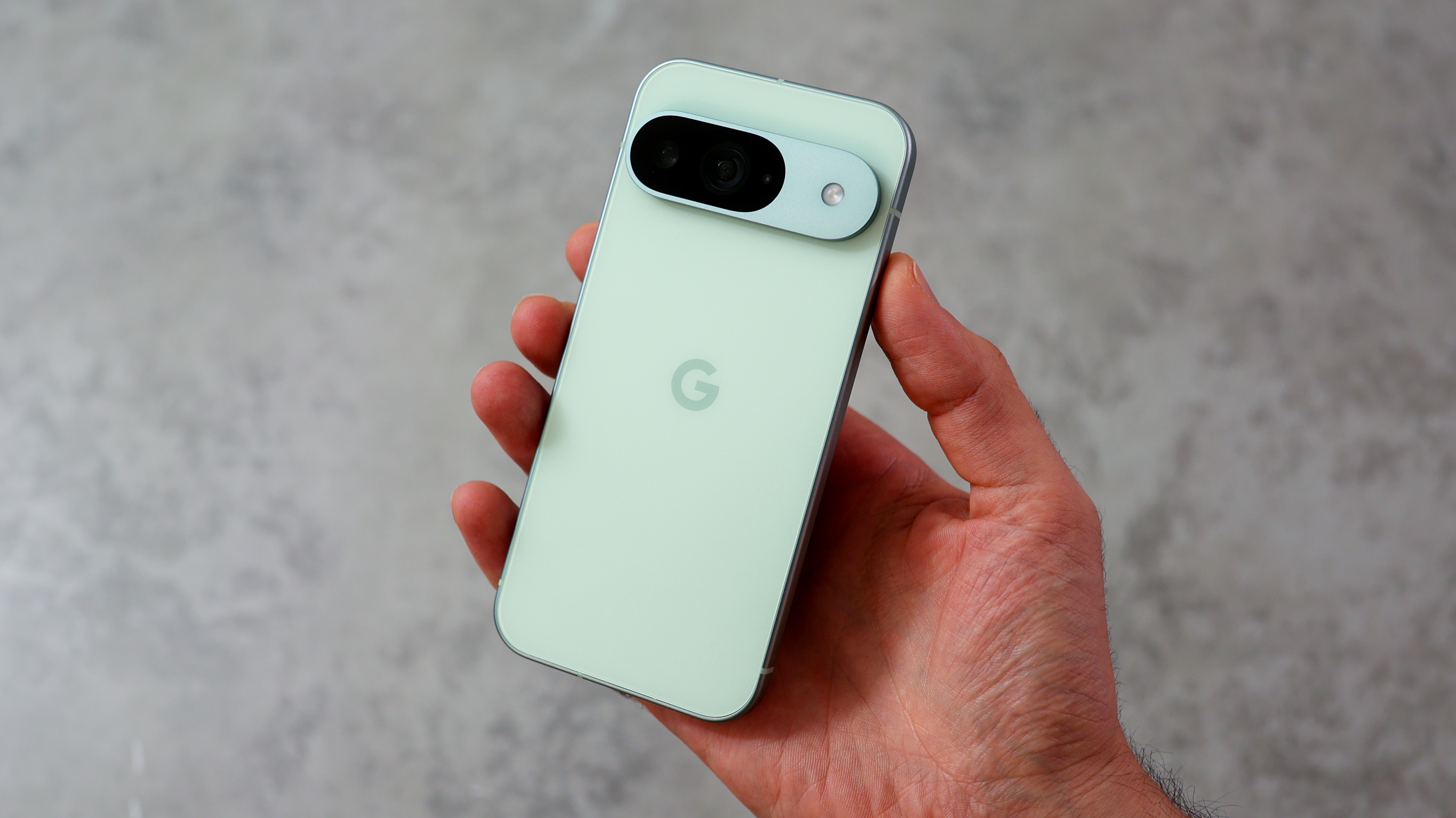Switching teams from iPhone to Android no longer means losing key photos
Live Photos can now be transferred from iOS to Pixel devices using the Android Switch app

Apple and Android phones don’t exactly have a history of playing nice together, but one of the latest updates to the Android setup app means iOS users will no longer have to face the loss of Live Photos when making the switch to Android. While the update launched with the Google Pixel 9 series in August, the feature was buried under new device updates in the Android Switch app.
Apple’s Live Photos take a few seconds of video before and after the still shot, resulting in a seemingly “moving” image. Live Photos save as two separate files, one a photo and one a video, typically either a JPEG and MOV file or HEIF/HEVC. On compatible Apple devices, the resulting file appears as a more interactive file which can also be used to create moving wallpapers or even exported as GIFs.
Google has a similar still-video combination called Google Motion Photos, which launched with the Pixel 2 about two years after Apple rolled out Live Photos.
However, Apple notes that Live Photos are only compatible with certain apps. The internet forums are filled with Apple users asking how to save Live Photos when backing up photos to a PC or switching from iPhone to Android. While there are some workarounds like exporting the Live Photos as a video file, the process is tedious for working with large numbers of the file type.
By incorporating the process of converting Live Photos into the Android Switch app, the process should hypothetically be easier for iOS trading in for a Pixel device. On Threads, Paul Dunlop, the product lead for Android onboarding and Android settings at Google, confirmed that support for migrating Live Photos to Android was live for Pixel 9 users back in August, with support for older Pixel devices expected to roll out shortly after. While the feature was initially launched exclusively for Pixel devices, Android Police noted the change is expected to roll out to more Android models.
Because Live Photos are typically enabled by default, many iPhone users find themselves with an abundance of photos in the moving format, even in cases where that larger file type and added video may not be needed. On iOS, the Live Photos feature can be toggled on and off by tapping the circular Live Photos icon in the upper left corner of the native Camera app.
As an iPhone user myself, it’s nice to see the two operating systems playing nice when it comes to switching from one platform to another. But what I would really love to see is my iPhone videos that I send to my Android family members not shrunk to a pixelated mess over a text message.
The best camera deals, reviews, product advice, and unmissable photography news, direct to your inbox!
For more, read our guide to the best smartphones for photography or learn how to use Apple Live Photos.

With more than a decade of experience writing about cameras and technology, Hillary K. Grigonis leads the US coverage for Digital Camera World. Her work has appeared in Business Insider, Digital Trends, Pocket-lint, Rangefinder, The Phoblographer, and more. Her wedding and portrait photography favors a journalistic style. She’s a former Nikon shooter and a current Fujifilm user, but has tested a wide range of cameras and lenses across multiple brands. Hillary is also a licensed drone pilot.
